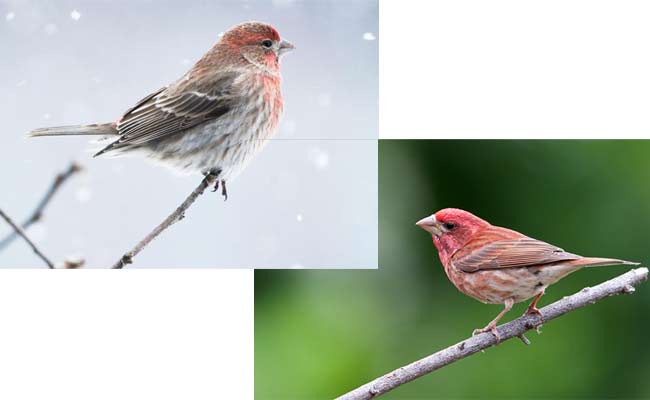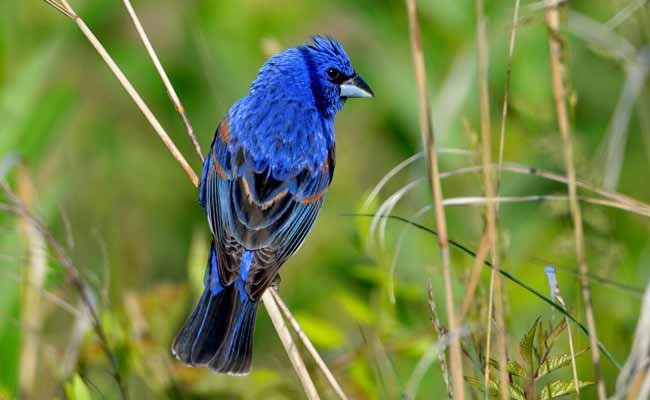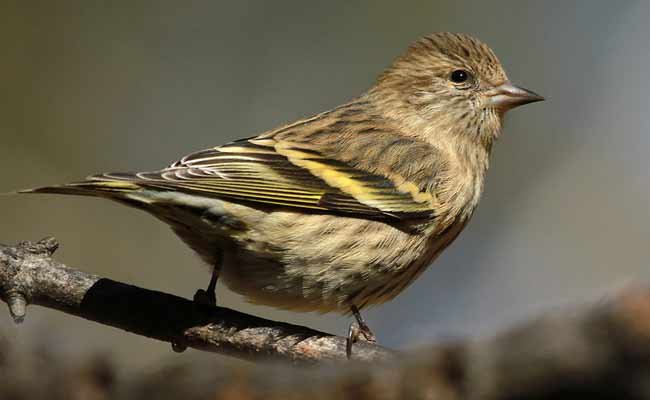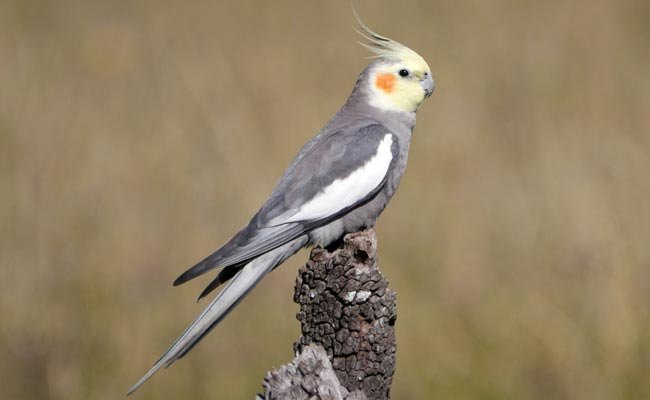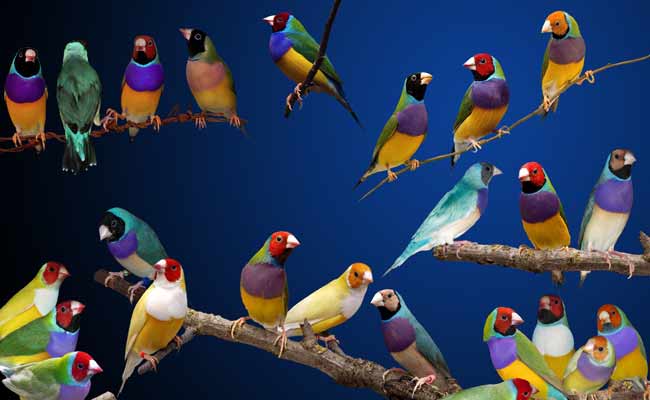
Gouldian Finch Care, Lifespan, Song, And Personality
February 9, 2021Purple finch vs House finch, Hello friends, how are you all? It’s my first article on Fizz Flap, Today we will talk about the difference between house Finch and Purple finch. Like their names, purple finch is not purple, and the house finds or redhead finch not always stick to the houses. So friends, without wasting time, let’s get started.
Purple Finch Vs House Finch Difference.
These two small birds look very similar. Therefore even for an expert, it’s difficult to tell the difference between these two doppelgangers. In this post, we try our best to help you understand the difference with the help of their life history and images.
Purple Finch.
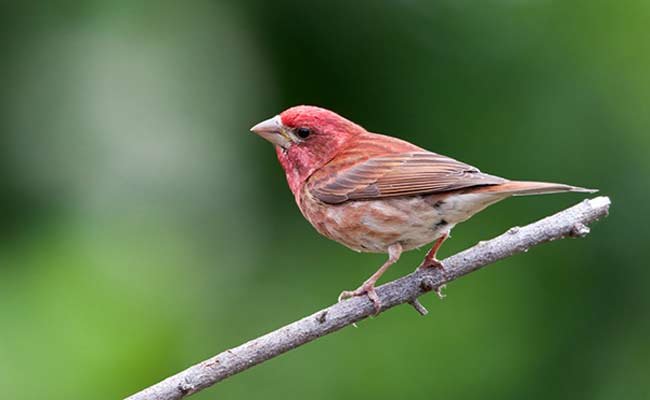
The Habitat Of Purple Finch.
The purple finch is an attractive, small-sized, and charming little bird with a thick black bill and beautiful purple upperparts. The bird is widely known across the United States, Canada, and parts of Central America. It is a frequent visitor to bird feeders and birdbaths, but not so much in the wild.
The purple finch is a winter visitor, usually returning north in the fall to northern Mexico and Central America. With few natural enemies due to its native habitat’s extreme aridification, the purple finch is not in danger of becoming extinct. Unfortunately, the birds’ ability to reproduce has been affected by the loss of their natural habitats, which has led to the slow decline of many other species.
Breeding Season.
During the breeding season, the purple finch becomes quite popular as both a winter visitor and a food bird. Many birds will take advantage of this food supply and visit feeders, window ledges, and birdbaths during this period. The females tend to be less vocal than the males, but female purple finch sounds are very rich and distinctive, sometimes unique to the species. The male purple finch will also hold his tail upright, signaling to the male counterparts that he is ready to mate. Mating usually happens after the first week of December.
Purple Finch Song.
Their songs are memorable. They sang a fast tune with a rising and falling string of 6-23 notes. Male birds sing to attract the female in the breeding season. Their song is also known as warbling song. Purple finch starts their song with a low pitch and ends their song with a high pitch.
Purple Finch Nesting.
Females mostly build Their nest. They make their nest with grass, weeds, and animal hairs. Purple finch finds a place that is 15 to 20 feet high on a horizontal branch. This bird usually built their nest on East conifer and deciduous trees, mostly found in the far West.
Food.
Purple finch food is depending on the season. So, in winter Feeds mainly on seeds. But purple finch also eats buds, berries, and insects. They mostly like the seeds of ash and elm trees but also eat weed and grass seeds. It also eats buds of many trees, and many berries, and small fruits. In summer, this bird Eats some insects such as beetles and caterpillars.
Eggs.
In the end, we will share with you the details of purple finch eggs. Their eggs are Pale greenish blue marked with brown and black.
Clutch Size: 2 To 7 eggs
Number of Broods: 1 To 2 broods
Egg Length: 1.8 To 2.3 cm
Egg Width: 1.3 To 1.6 cm
Incubation Period: 13 days
Nestling Period: 2 Weeks
Egg Description: Pale greenish blue marked with brown and black.
House Finch.
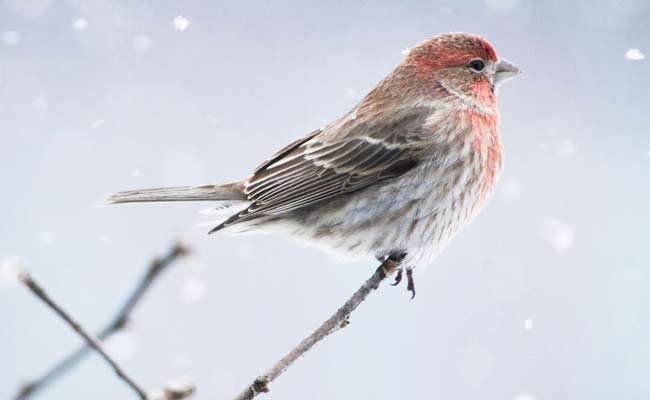
The Habitat Of House Finch.
Haemorhous mexicanus is the scientific name of the house finch. It is native to western North America and mostly found in the eastern half of the continent and Hawaii. House finch is a habitat to scrub, dry country, woodland edges, and other semi-open areas. This bird is also found in towns, cities, and farmland, especially in green areas like lawns and farms.
House Finch Song.
mostly Male House Finches are sung the song which is composed of short notes. Like the purple finch, their song starts with a low pitch and ends with an upward or downward slur. Males mostly may sing throughout the year. But Females sometimes provide a shorter song, Which is Compared with Cassin’s and Purple finches.
House Finch Food.
House finches usually eat seeds, buds, and berries. It mainly Feeds on weed seeds. Other essential items include buds and flower parts in spring, small fruits, and berries in late summer and fall. FinchesAlso eats a couple of insects, mostly small ones like aphids.
House Finch Nest And Eggs.
Pairs may begin to make within flocks in winter, and a few paired birds may remain together all year. Female house finch built the nest on the height of 12 to 15 feet. Female built a nest with grass, weeds, leaves, and feathers. During this whole time, the male finch fed the female finch. I hope you are curious about house finch eggs. Here are all the details below.
Clutch Size: 2 To 6 eggs
Number of Broods: 1 To 6 broods
Egg Length: 1.6 To 2.1 cm
Egg Width: 1.3 To 1.5 cm
Incubation Period: 14 days
Nestling Period: 19 days
Egg Description: Their eggs are Pale blue to white, Which is dotted with delicate black and pale purple.
House Finch Disease.
House finch conjunctivitis, which is the other name of house finch eye disease. First found during the late winter/early spring of 1993 to 1994, it is now spreading throughout the eastern U.S.
Signs of this disease, which primarily affects house finch, include an irritating red coloration on the bird’s lower respiratory area, swollen, scaly, or cloudy-looking eyes, thickened mucus, and an upper respiratory illness. This condition can also cause red coloration on the face, throat, and upper breast. It usually manifests during the springtime.
Final Words.
Accept these differences between Purple Finch Vs House Finch, if you see the images of these birds closely. You will find also the color and pattern difference between them. I hope you will enjoy our article Purple Finch Vs House Finch What Is The Difference? Please give us your precious feedback in the comments.

